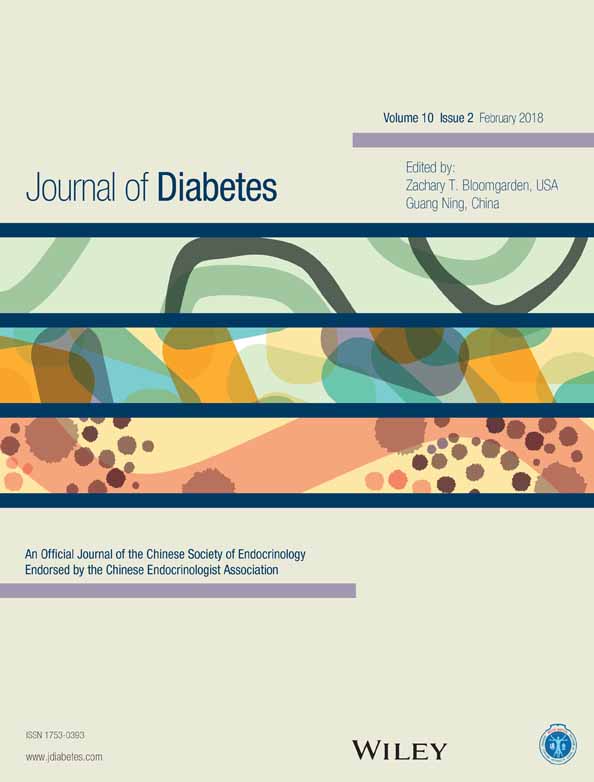Diabetes and cardiometabolic risk factors in Cambodia: Results from two screening studies
柬埔寨糖尿病与心血管代谢的危险因素:来自两项筛查研究的结果
Abstract
enBackground
Despite growing attention to diabetes throughout Asia, data from Southeast Asia are limited. This article reports rates of diabetes, hypertension, and obesity in Cambodia.
Methods
Two studies were conducted across different regions of Cambodia: (i) a 2012 screening study across urban, semi-urban, and rural areas that used point-of-care capillary glucose for determination of diabetes (n = 13 997); and (ii) a 2005 epidemiological study with random selection from two main urban areas that used oral glucose tolerance tests for determination of diabetes (n = 1863). Blood pressure and anthropometrics were also measured.
Results
In the screening study, rates of diabetes were significantly higher in urban than rural sites, with intermediate rates in semi-urban areas. There was a significant dose–response effect for urbanicity on overweight, obesity, and waist:hip ratio, with higher rates for urban versus semi-urban and for semi-urban versus rural locales. Rural sites had the lowest rates of hypertension, followed by urban and semi-urban sites. Among people who screened positive for diabetes, there was a dose–response effect for urbanicity on undiagnosed diabetes; rates of previously undiagnosed diabetes were lowest in urban (51%), followed by semi-urban (55%) and rural (67%) locales. Rural participants reported the highest rates of smoking and alcohol use. In the urban epidemiological study, prevalence rates of diabetes and impaired glucose tolerance were approximately 10%, indicating a prevalence of total glucose intolerance of approximately 20%.
Conclusions
In Cambodia, diabetes rates are high among urban residents and undiagnosed diabetes is highest among rural residents. A country-wide public health response is urgently needed; as development continues, rates of diabetes are expected to rise.
摘要
zh背景
尽管整个亚洲都越来越关注糖尿病, 但是来自东南亚的数据却很有限。这篇文章报道了柬埔寨人群中的糖尿病、高血压以及肥胖病的患病率。
方法
在柬埔寨不同地区进行了两项研究:(i)2012年在城市、城乡区域以及农村地区使用毛细血管血糖定点检测筛查糖尿病的研究(n=13997);以及(ii)2005年从两个主要城市地区随机选择人群进行口服葡萄糖耐量试验来诊断糖尿病的流行病学研究(n=1863)。同时还测定了血压以及人体测量学指标。
结果
在筛查研究中, 城市地区的糖尿病患病率显著高于农村地区, 而城乡区域的患病率处于两者中间。城市化对超重、肥胖、腰臀比的影响具有显著的剂量效应, 城市地区的患病率高于城乡区域, 而城乡区域的患病率又高于农村地区。高血压患病率最低的地方是农村地区, 接着是城市地区与城乡区域。在筛查后发现合并糖尿病的人群中, 城市化对未诊断糖尿病的影响具有剂量效应;既往未诊断的糖尿病患病率最低的是城市地区(51%), 接着是城乡区域(55%)与农村地区(67%)。农村地区参与者报告的吸烟率以及饮酒量最高。在城市流行病学研究中, 糖尿病与葡萄糖耐量受损的患病率大约都是10%, 这意味着糖耐量减退的总患病率大约为20%。
结论
在柬埔寨, 城市居民的糖尿病患病率最高, 而农村居民未诊断的糖尿病患病率最高。这迫切需要一个全国范围的公共卫生措施;随着社会经济的持续发展, 预计糖尿病的患病率将不断上升。




